Google changes its algorithm once or twice, every day (500+ algo launches in a year). But, major ranking fluctuations occur rarely (think “Panda”, “Penguin” and the like). Those are the updates that marketers care about.
One such significant trend that might govern the future of SEO is:
Voice queries on mobile…
The chronically expanded use of smartphones and the arrival of personal assistants has led to their prominence.
Voice queries are like a two-way conversation and they aim to help the user complete tasks from their life in real-time, like booking tickets and making a purchase.
Rather than links, users want direct answers, when they perform a voice search. In fact, voice search queries are inherently different from the typical keyword text search in the search box .
Let’s get a bit of context.
Initially, consumers weren’t so thrilled with voice search.
In 2013, 85% of iOS users said that they didn’t use Siri.
But, fast forward to today and Siri and Google now are leading the way.
Google showed tremendous interest in voice search, with the release of this infographic. Recently, it launched its personal assistant, Google home.
In an analysis of 850,000 queries, Stone Temple Consulting found that Google served a direct answer 19.5% of the time. In comparison, Bing (Microsoft’s search engine) serves direct answers only 1.1% of the time.
Further, a December 2015 survey by Mindmeld found that 60% of respondents have started using personal assistants who operate by voice search in just the last 12 months.
With increased adoption and better user experience, you can expect voice search to continue climbing exponentially.
Are you ready for this search disruption?
Read on to get a better grasp on how voice search is going to change SEO strategy.
In this post, I’ll show you how context plays a fundamental role in voice search and the salient features of a voice query.
You’ll also see how you can capitalize on this growing direct answer demand and gain more mileage from search engines with a refined SEO strategy.
How has the introduction of context affected the three types of queries?
One of the most important updates by Google was the Google Hummingbird.
It brought “semantic context” into the picture and, since then, it’s been a key component in content marketing and search advertising, introducing the importance of long tail keywords and more.
No longer do you need to solely rely on using keywords inside your content a certain number of times.
It’s all about natural language and the intended meaning behind the searcher’s query, rather than the query itself.
With intelligent personal assistants (IPAs), context becomes even more important in voice search queries. IPAs want to help the user with direct answers rather than providing a list of websites.
Let’s look at some data from IPAs, to demonstrate the results for the different types of search queries.
Informational queries, like “how old is barack obama,” lend themselves to a direct answer. Google uses its knowledge graph to answer these.
And, Hound pulls context-based data from its live API.
It’s similar for transactional voice search queries, as you can perform a lot of steps in Siri itself, before it triggers the app. Such integrations are expected to soon be made available by Google to apps on the Android store, also.
Here’s the final breakdown of the three types of voice search queries – transactional, informational and navigational.
3 salient features of voice search
Voice search is going to shake up your marketing strategies and how you achieve search results.
Just look at voice search’s explosive growth:
It’s more important than ever to adapt a human “conversational” language in your content. So, let’s look at the current data showing us the typical characteristics of voice search queries.
1. Successful voice search query length on Cortana is 3 words. But…
Cortana, the personal assistant by Microsoft (part of Windows 10), saw 33% of queries coming from voice search (in November, 2015). And, the data was pulled within 3 months of its launch.
While the text queries were shorter in length – about 2 words,
successful voice search queries getting the most impressions and clicks contained 3 words (with a longer tail).
This might come as a bit of a surprise, given that natural speech is generally longer in length. But, remember that we’ve only just adopted voice search and our habits will evolve.
Andy Taylor has found no major shift in search behavior (based on his data) triggering organic/paid results for retail brands.
There aren’t any stable trends that indicate an increase in word count of queries (based on Google’s paid and organic reporting in AdWords).
Character counts have also not increased.
You can expect voice search to look personal, descriptive and specific, in the future. Here’s a glimpse of what the future looks like (courtesy of Tom Anthony’s daughter).
2. Question phrases dominate voice search
Human beings are curious creatures. We like to question and read new information. And, data pulled from the search giant shows a 61% YoY increase in question phrases. These phrases include conversational words like “who,” “what,” “where,” “when” and “how.”
Such phrases have a higher probability to occur in natural speech, rather than in typing.
For example, you won’t simply say “Bill Gates,” to see the following Google knowledge graph.
Rather, you’ll ask your personal assistant a complete question, like “Who is Bill Gates?”
But, understand that this is purely a correlation. We don’t have separately tracked data about voice search that suggests a clear pattern.
As you’ll see later in the article, conversational search queries give us a much higher chance to predict the intent of the searcher. This is a great thing, because it gives us the ability to tailor our content, creatives and ads accordingly, to enhance our search results.
3. Local businesses need to get prepared for a revamp
About 3 to 4 years ago, Google didn’t show interesting and useful results for local voice search queries.
Here’s what I would have seen, on searching “where am I?” and then “show me things to do there.”
Now, Google shows a map with your current location, when you ask “where am I?” And, on further inquiring about the “..things to do there”, you’ll get a list of popular attractions nearby (Google remembers your historical data to maintain contextual relevancy).
What does this mean for local businesses and marketers? It means that local SEO is going to be a central part of your future.
Mobile phones have become a prominent source for consumers to gather info about local businesses.
The heavy local intent was also visible in the August, 2013 survey, by Meditative Spotlight. They found that 89% of people search for a local business on their smartphone once a week (or more), with 58% searching at least daily.
It’s no wonder that mobile voice search is three times more likely to be local-based than text search.
This presents a huge opportunity for businesses with a local presence. Experiment with keywords- both long tail and short- that include local landmarks and neighborhood places as suffixes. Consumers have a preference for local information in ads and 18% of local mobile searches lead to a sale within a day.
Hopefully, you’ve getting a clearer understanding of how voice search queries look and how they’ll change SEO strategy.
Now, let’s look at how you can improve your chances of appearing in voice search results and earning more traffic.
Structure your content to answer relevant search queries on the subject
By now, I hope that you know that keywords have started taking a backseat, even in search engines. Google now serves relevant answers instantly to the searcher, using its knowledge graph.
One way of getting inside the searcher’s head and finding such questions is using tools like FAQFox.
As I’ve already shown you, once you enter a keyword or keyword phrase and select a category,
the tool returns with full questions asked by your target audience at other places on the internet.
You can download these questions in a spreadsheet. Then, quickly scan and delete the irrelevant questions. And, you can use these exact questions in your relevant articles.
Similarly, you can also scrape popular forums in your niche to find popular questions. Or, search inside Disqus conversations.
When you include questions from this list in your content, you’ll increase your chances of appearing in the knowledge graph.
With personal assistants, the importance of questions increases.
Further, natural language shows much stronger intent.
Wonder how?
Well, when a person simply says “macbook 15 inch laptop,” you aren’t sure whether the person is searching for a certain MacBook’s specifications or looking to buy one.
But, when he or she puts forth a conversational question to an intelligent personal assistant, then you’ve got a much stronger understanding of the user’s intent.
Here’s a couple of questions to show you the difference:
- What tasks can the MacBook 15 inch laptop do?
- Where can I buy a MacBook 15 inch laptop?
If, in your research, you find “where” transactional questions that are near your location, then it’s a no-brainer to bid for them in AdWords. The user is far down in the funnel and has a shopping mindset.
Also, tailor your landing page copy and your ad so that they are based on the search query.
Finally, include filler words that make the question sound natural. This will increase your chances to appear in search results for voice search queries.
Leverage schema markup, XML Sitemaps and microdata
If you’re a regular reader, then you must be aware of this underutilized opportunity that I’ve emphasized for search marketers.
Schema is structured data vocabulary that helps search engines understand the content on your website. It isn’t new and isn’t an official ranking factor. But, it can positively impact your CTR.
Raven found that 80% of its analyzed websites lacked schema.org data.
Further, you need to provide additional microdata on your website, about (HTML specification) your location and website content.
This not only helps search engines in making the experience richer for the searcher and presenting results in creative ways…
But, it will also help voice searchers get quick answers to their questions in the SERPs.
You need to update your business hours, product prices, store address (40% of voice queries look for directions) and contact info, on Google, as well as local directories, like Yelp.
Start with the following articles, to optimize your website and online presence.
- How to Attract Local Customers: A Complete Guide to Local SEO
- The Ultimate Guide to Social Media Marketing for Local Businesses
Also, beware of mispronunciations of your brand name.
A major reason that prevented the initial adoption of personal assistants was the inaccuracy of word recognition in voice search queries. Google has improved its capabilities from below 80% to above 90%.
In certain situations, it might be a challenge to get phonetically correct pronunciations for your brand name.
For instance, a voice search on Cortana, about “Bobbi Brown,” doesn’t get correctly spelled.
But, the shopping ads and organic search results show correct results.
Yet many commands aren’t accurately captured. If your brand name is an acronym or a creative spin of a dictionary word, then Google might fail to recognize it and speak it correctly. Google failed to pronounce ESPN correctly a couple of years back.
For brands that aren’t spelled in English, voice search can be a challenge.
Here are the results for “show me Yves Saint Laurent bags,” on Siri.
And, here are the results on Cortana.
As you can see, Siri didn’t do so hot there.
At this point, there isn’t an officially announced way to fix this issue. Google hasn’t built any app or website for brands to provide phonetically correct pronunciations.
As the machine learning algorithms behind these personal assistants figure out a solution, you can meanwhile research out the common mispronunciations of your brand name. Then, do test bidding for these (mispronounced) keywords to ultimately improve your search results.
Conclusion
We’re on the rise of an enormous change in digital marketing and how you can get the search results you desire. Voice search and personal assistants are altering the landscape we’ve known, presenting a new challenge and opportunity for marketers, who will have to reassess their SEO strategy to accommodate such changes. By 2020, after all, voice and image-based searches are expected to contribute at least half of all searches.
But, there are certain types of queries that will never be spoken aloud (I don’t think you need to think hard about them). So, it makes sense to compare voice search queries against text search queries, for the limited subjects where voice search queries are actually getting used.
Remember that users are only warming up to this new style of conversational search. Data and research on voice search SEO is still very limited.
Ultimately, though, the goal is to “get the user to do things in the real world.” You can ride this wave by adopting your SEO strategy and focusing on local SEO now.
Will there be a separate branch of Google dealing with voice search optimization as it gains prominence? Let me know in the comments below.
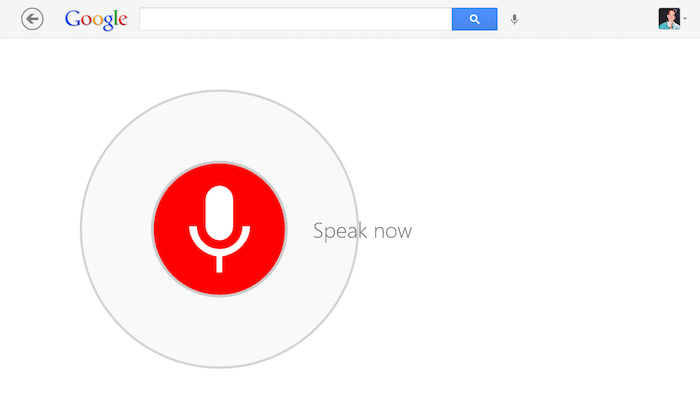
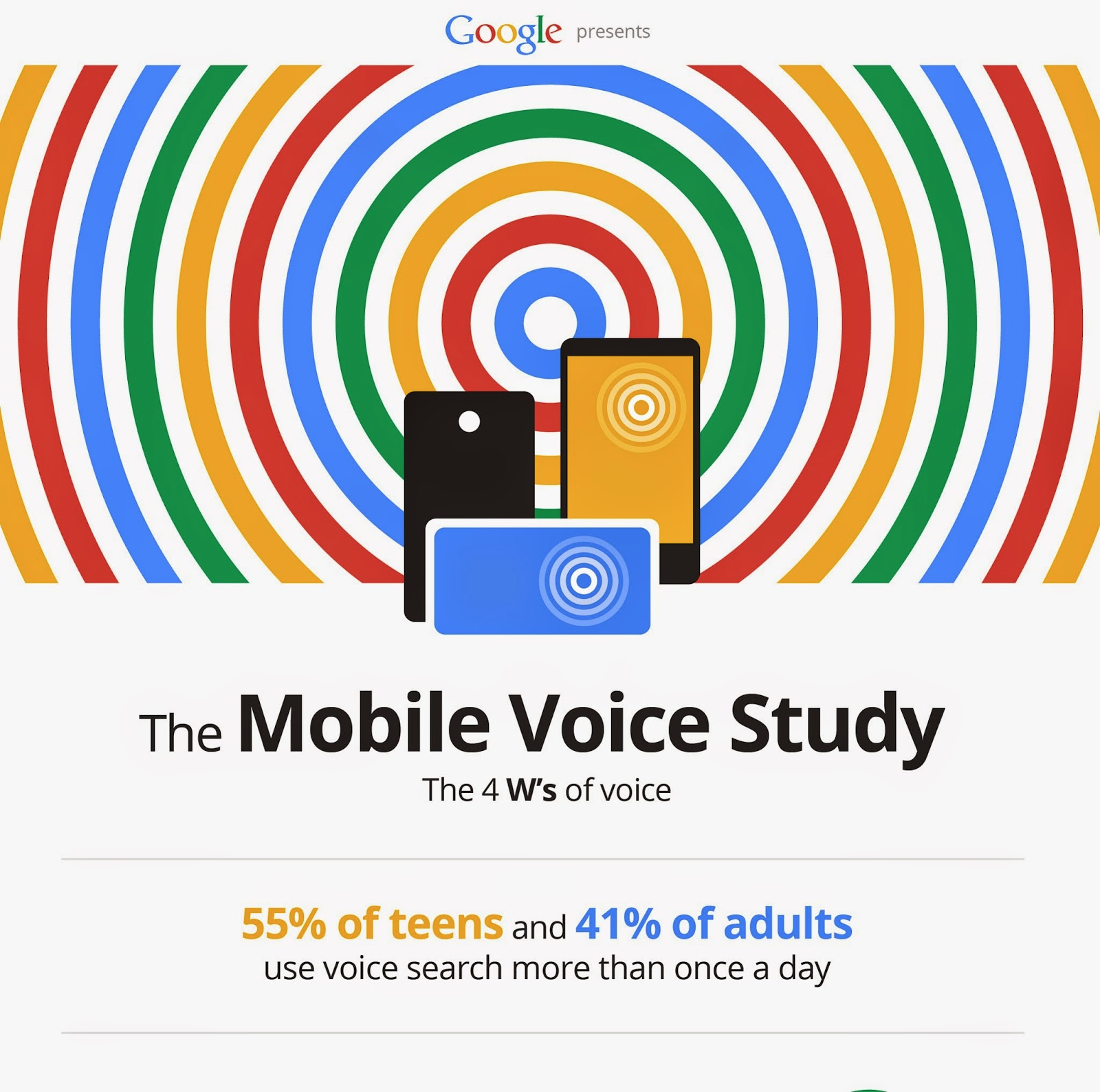

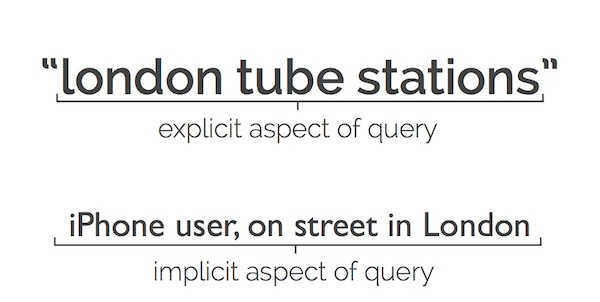

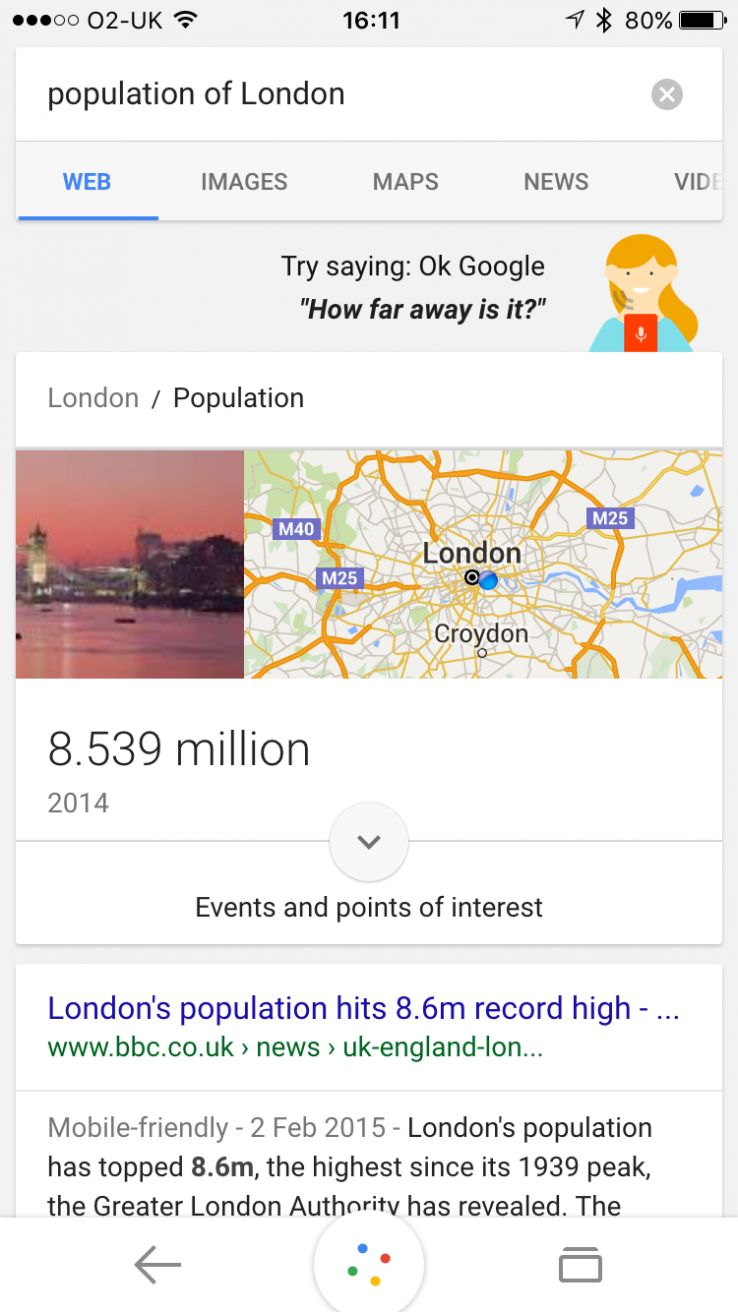
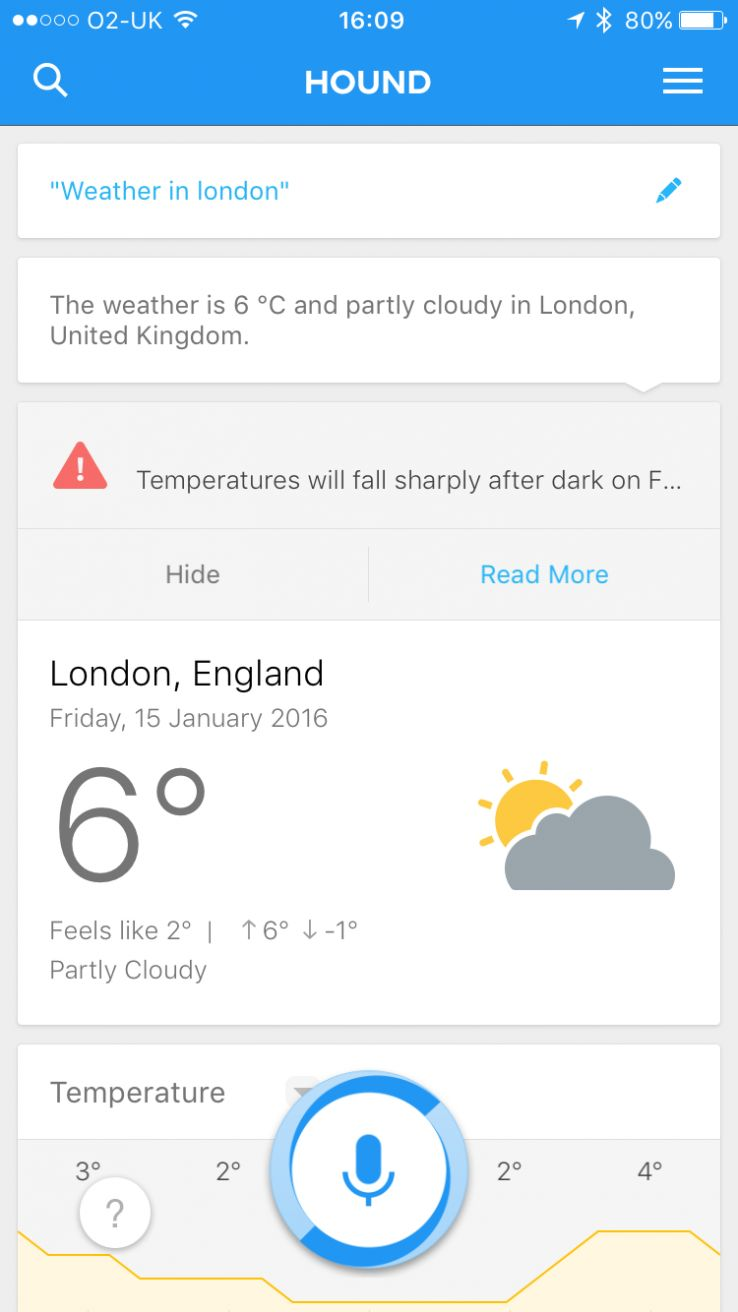
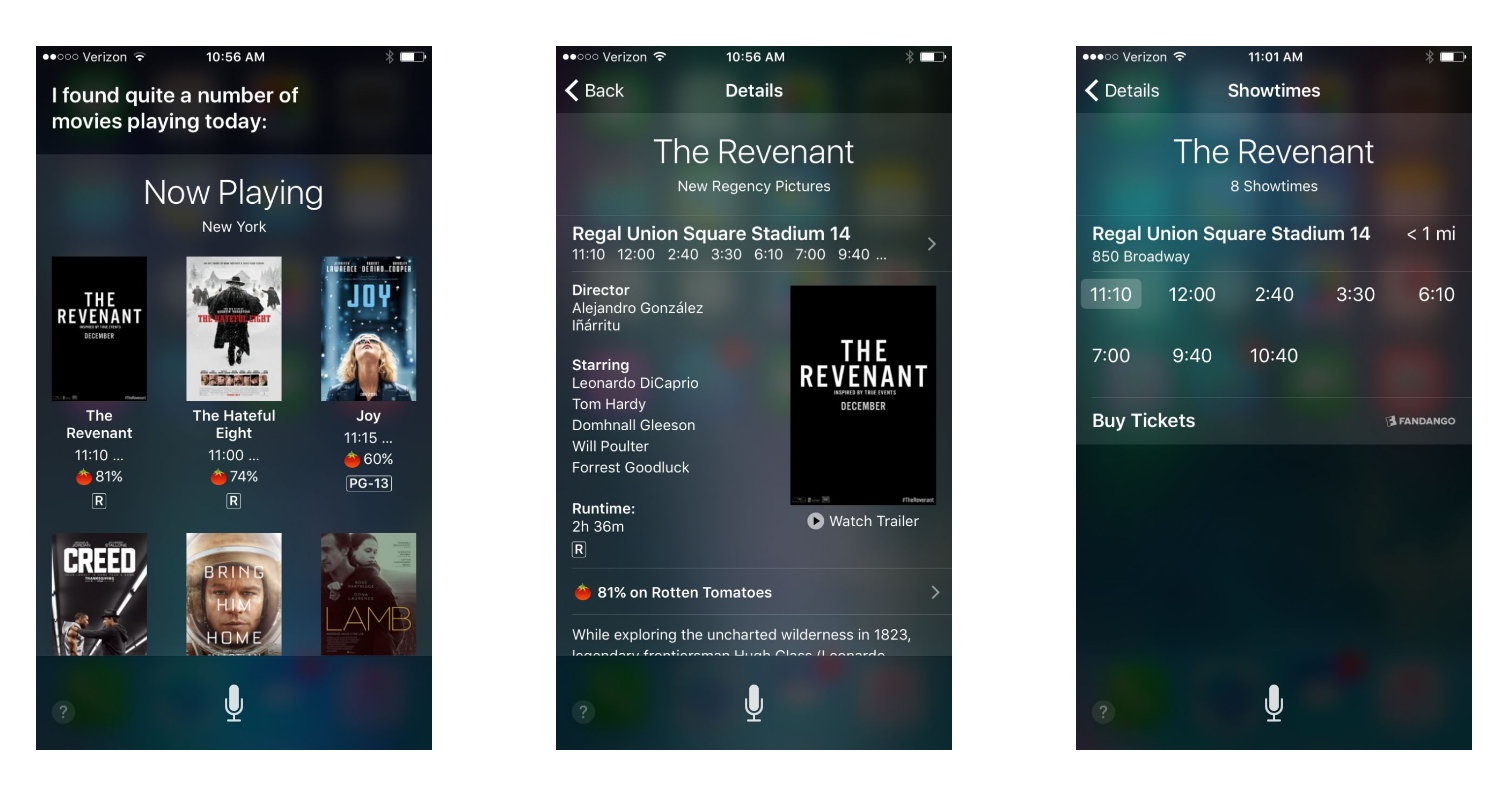
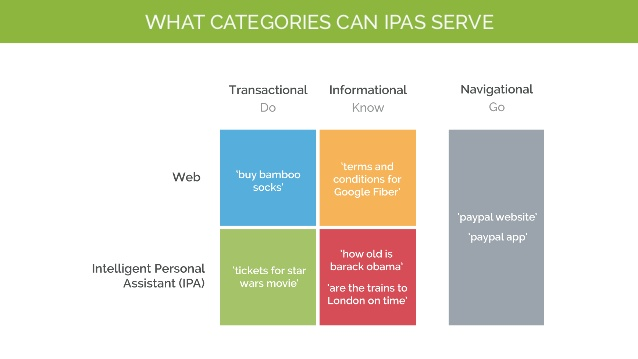
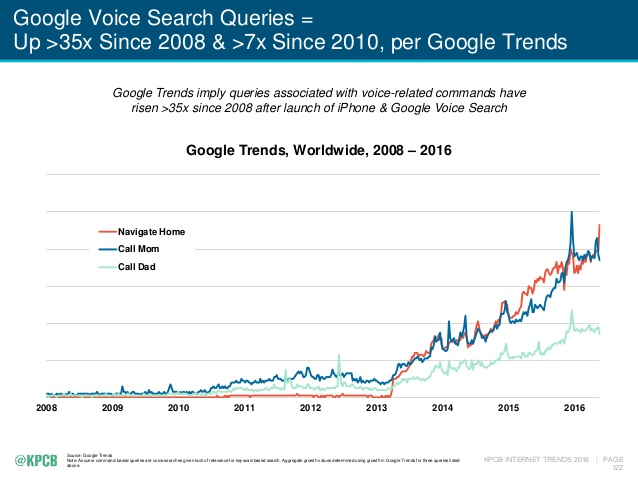
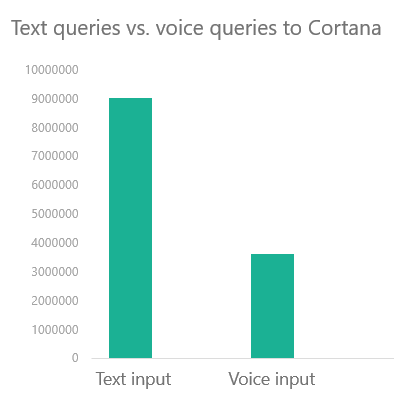
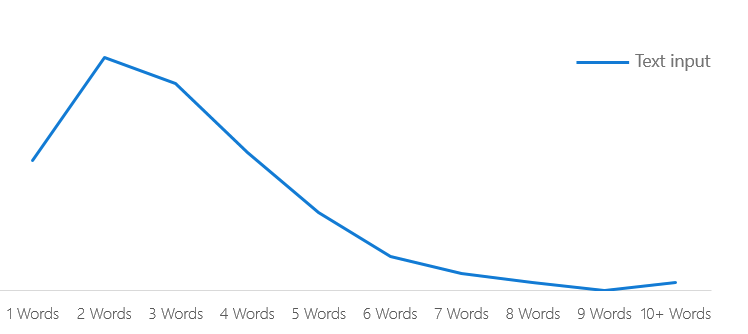

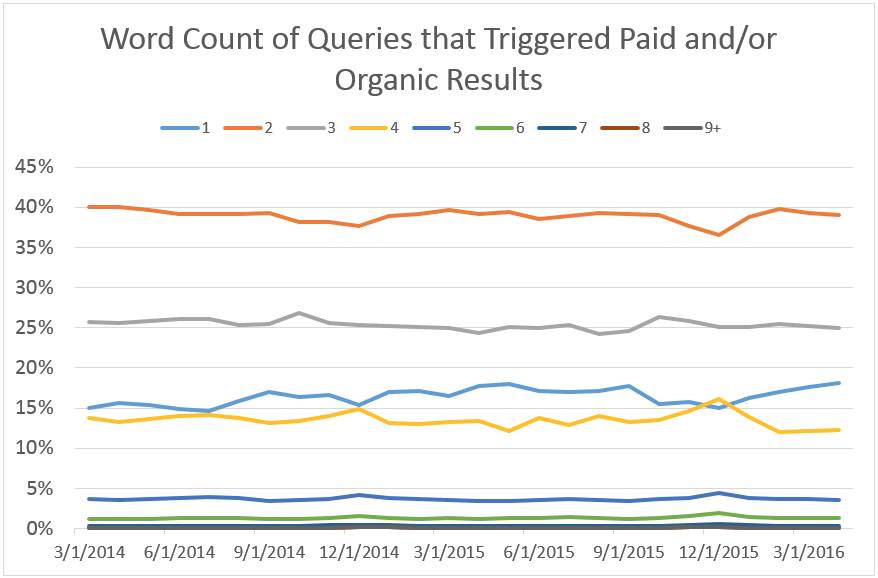
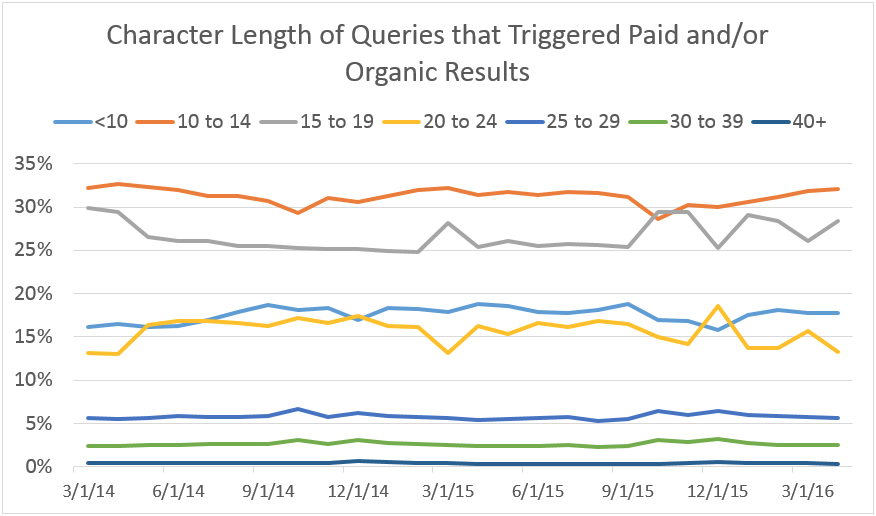
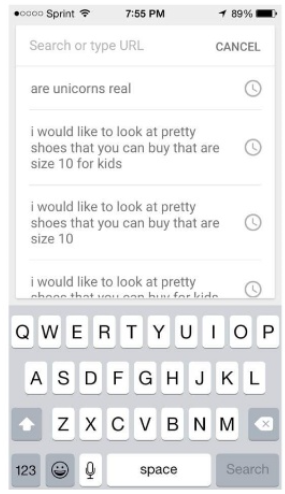
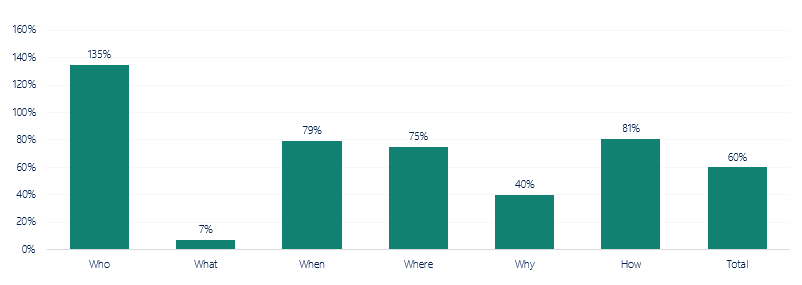






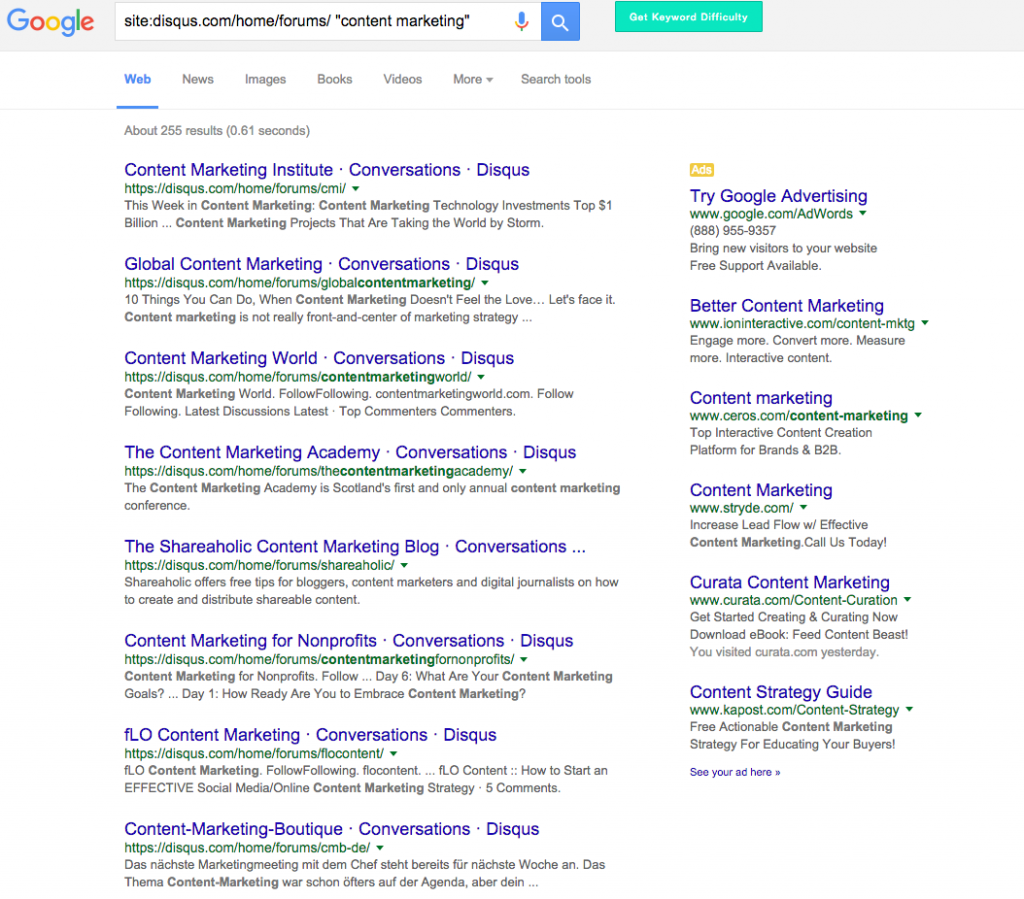

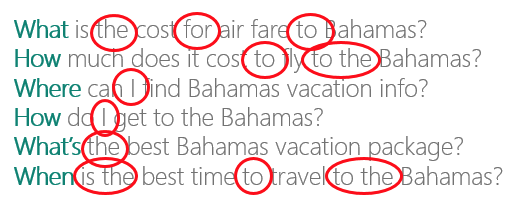

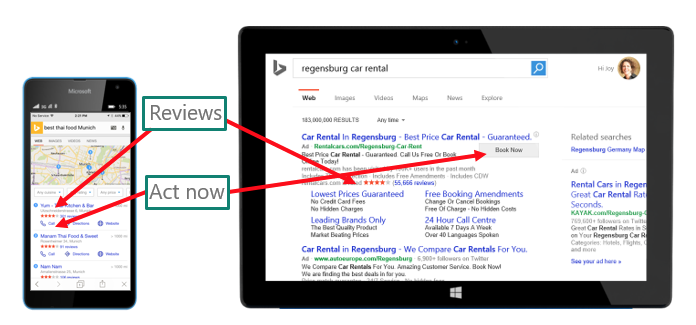
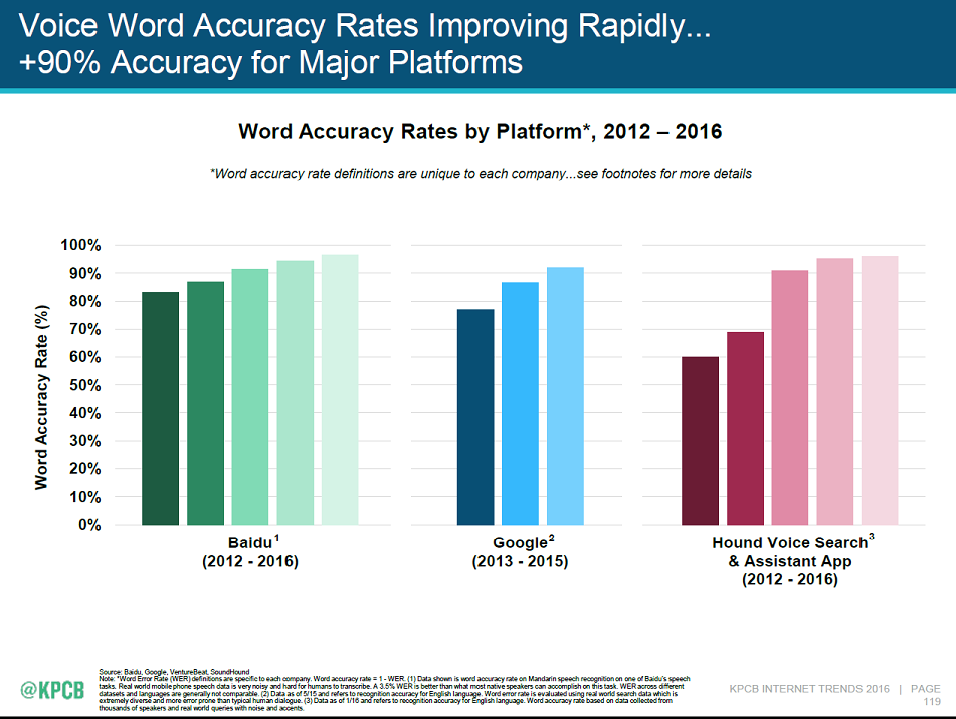
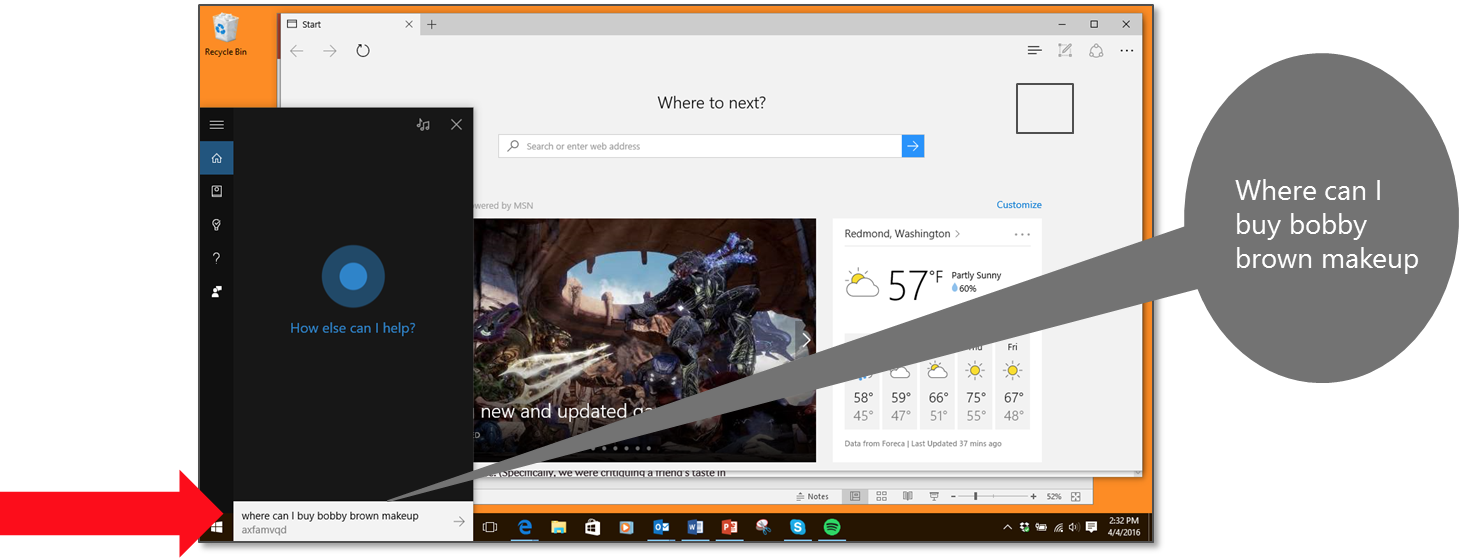
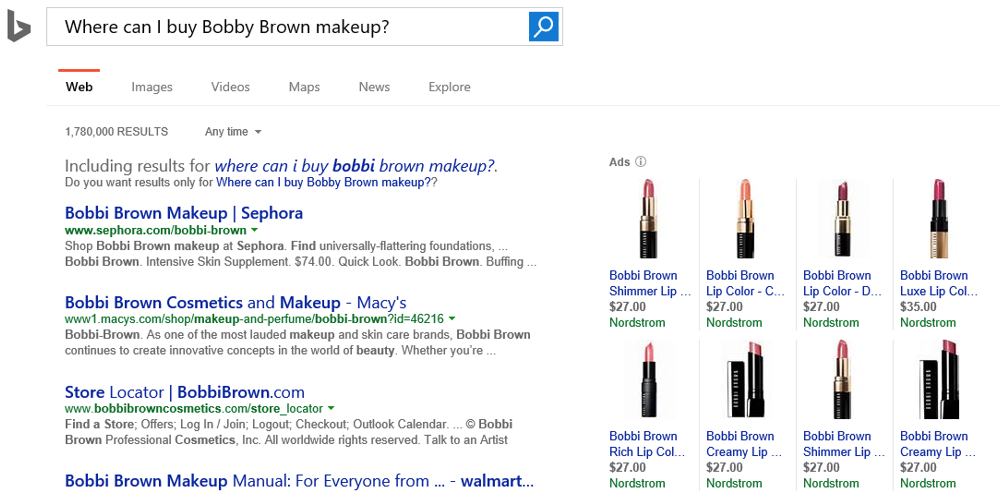


Comments (47)